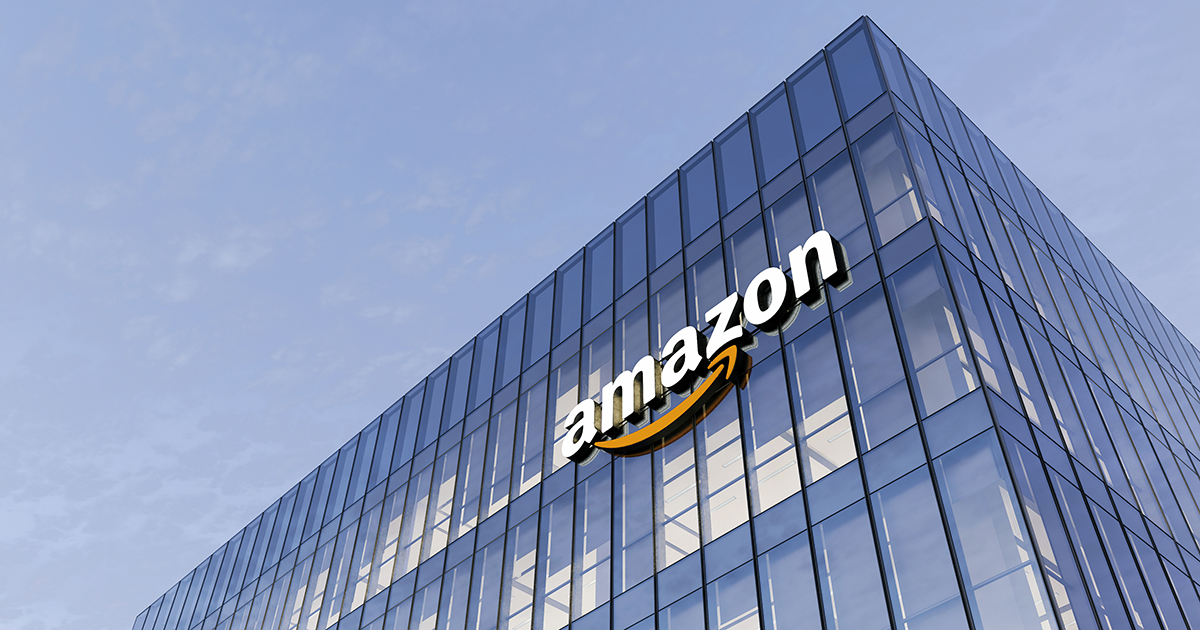Amazon’s Return-to-Office Mandate Stirs Debate on Collaboration, Fairness, and Flexibility

Amazon’s recent decision to require all employees to return to the office five days a week has sparked controversy among workers and experts alike, reigniting the debate about post-pandemic work models.
Amazon CEO Andy Jassy made the announcement last week. The changes mean Amazon will have one of the strictest return-to-office policies among Seattle’s tech giants, though some companies have been ramping up in-person requirements recently.
Keith Rollag, professor of management at Babson College, believes this mandate could harm employee motivation, regardless of how justified it may seem to leadership. The perception of fairness plays a critical role when it comes to employee motivation, Rollag said.
“For many people, whether they accept or reject demands to return to work is based on their perception of fairness,” Rollag said. “Do others in similar jobs at other companies have to return to work five days a week? If not, they see the demand as intrusive and demotivating, even if they understand management’s reasoning for the expectation.”

Work-from-home flexibility is just the latest instance where the issue of employee fairness looms large. Rollag noted that fairness has long been a source of dissatisfaction in the workplace. “With salaries, benefits, shift scheduling, vacation approval, office space, etc., fairness comparisons are everything,” he said. “Statistics showing that other companies have the same policies isn’t that convincing—all it takes is one or two other similar companies that have more flexible policies for the announcement at their own workplace to seem unfair.”
Jassy announced that all Amazon employees must return to the office full time starting early next year. In a company-wide announcement, Jassy said he’s ending the company’s current hybrid work schedule in the name of collaboration and connection.
“We want to operate like the world’s largest startup. That means having a passion for constantly inventing for customers, strong urgency (for most big opportunities, it’s a race!), high ownership, fast decision-making, scrappiness and frugality, deeply-connected collaboration (you need to be joined at the hip with your teammates when inventing and solving hard problems), and a shared commitment to each other,” Jassy wrote in a statement released last week.
“In summary, we’ve observed that it’s easier for our teammates to learn, model, practice, and strengthen our culture; collaborating, brainstorming, and inventing are simpler and more effective; teaching and learning from one another are more seamless; and, teams tend to be better connected to one another,” when employees are in person, Jassy wrote.
A More Creative Solution
Amazon’s decision comes at a time when many major corporations are grappling with the balance between operational efficiency and employee well-being. Remote and hybrid work models became the norm during the COVID-19 pandemic, and many employees have since adjusted to a new way of working that offers greater flexibility.
Amazon’s current hybrid schedule, which requires workers to be in the office three days a week, prompted employee walkouts when it was first announced in February 2023.
Danna Greenberg, Babson’s Walter H. Carpenter Professor of Organizational Behavior, expressed surprise that a company like Amazon, known for its progressive approaches, would adopt such a rigid stance. Greenberg suggested the mandate seemed heavy-handed and out of step with Amazon’s reputation for fostering innovation.

“As the leader of a company known for innovation and an entrepreneurial culture, I would have expected Andy Jassy and his expansive talent management team to have pursued a more creative work solution,” Greenberg said. “Something that would provide employees with the flexibility they need to thrive at work and at home, while supporting the company’s needs for face-to-face spontaneous interaction and collaboration. This does not, and it shouldn’t be an all-or-nothing proposition.”
Greenberg also raised a provocative point, wondering if the decision was driven by other motives, such as a desired reduction in the workforce. “I wonder if there is a covert reason for this announcement, such as a desired voluntary reduction in workforce,” she speculated.
For Amazon, the challenge lies in navigating the return-to-office policy without disrupting its workforce’s morale. Employee pushback is likely to intensify in an era when many major tech companies, such as Google and Microsoft, continue to offer hybrid work options.
The consequences of Jassy’s decision may extend beyond short-term dissatisfaction, potentially affecting Amazon’s ability to attract and retain top talent. As the debate over remote work rages on, Amazon’s move could serve as a critical test case for the future of workplace flexibility in corporate America.
Posted in Insights





